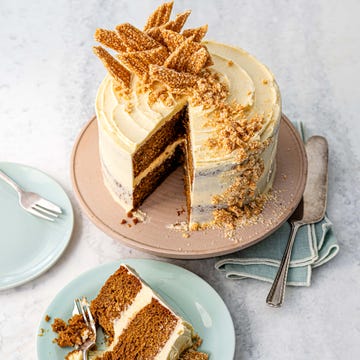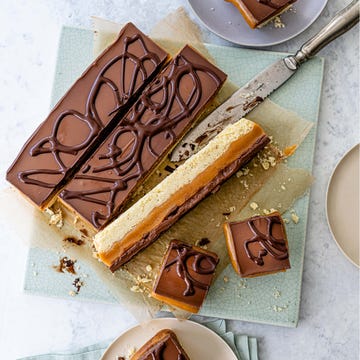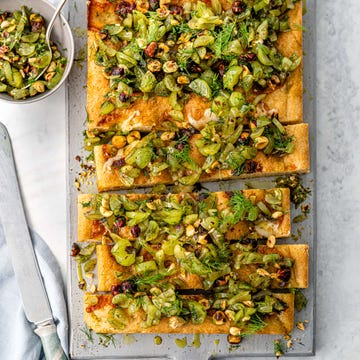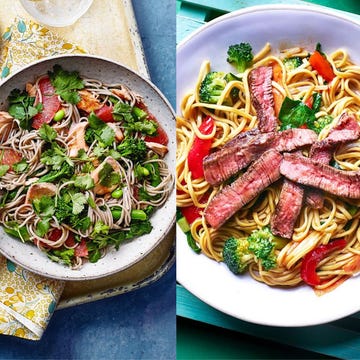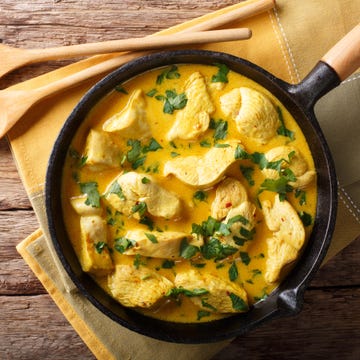Jam making tips
Which fruits? Just-ripe fruits have the highest level of pectin – over-ripe fruit is less successful in jam-making. Fruit should be in perfect condition as this dictates the quality of the jam.
Summer fruits – raspberries, blackcurrants, loganberries, blackberries and blueberries – are high in pectin and are best left whole with stalks removed.
Apricots and plums also have a good pectin level and should be halved and stoned.
Strawberries and peaches have less pectin so will take longer to gel.
Some fruits like apricots will gel quite quickly but are more flavourful if cooked until the jam is a deeper terracotta colour.
Raspberries gel quite quickly but their flavour doesn’t intensify with continued cooking.
Don’t wash fruit unless absolutely necessary.
Setting agents. Preserving sugar produces less scum, dissolves easily and produces sparkling clear jellies and jams. (Jam sugar is used for fruits with low pectin and acid level.)
Pectin makes jam set when fruit is heated with sugar. However, many summer fruits are low in natural pectin, so if your jam is not setting, add extra lemon juice – a good natural source of pectin. Alternatively, use an artificial pectin.
Setting point. When jam reaches setting point, it’s ready to pot. There are two good ways of testing this stage:
1 Spoon a little jam on to a chilled plate, then chill for 1–2min. If it crinkles when you run your finger through it, setting point has been reached.
2 Use a jam thermometer – when it reaches at least 110°C (230°F) the jam is at setting point.
Potting tips. Before use, wash jars in hot water, drain, then leave to dry in a warm oven. Boil the lids. Alternatively, a fast wash in the dishwasher is ideal.
Always pour hot jam into warm jars.
Always fill to the rim to allow for shrinkage on cooling.
Cover with waxed discs, waxed side down, and dampened Cellophane covers, dampened side up.
For longer-term storage, cover with screw-on lids too.
For best results, store jams in a cool dark place.








